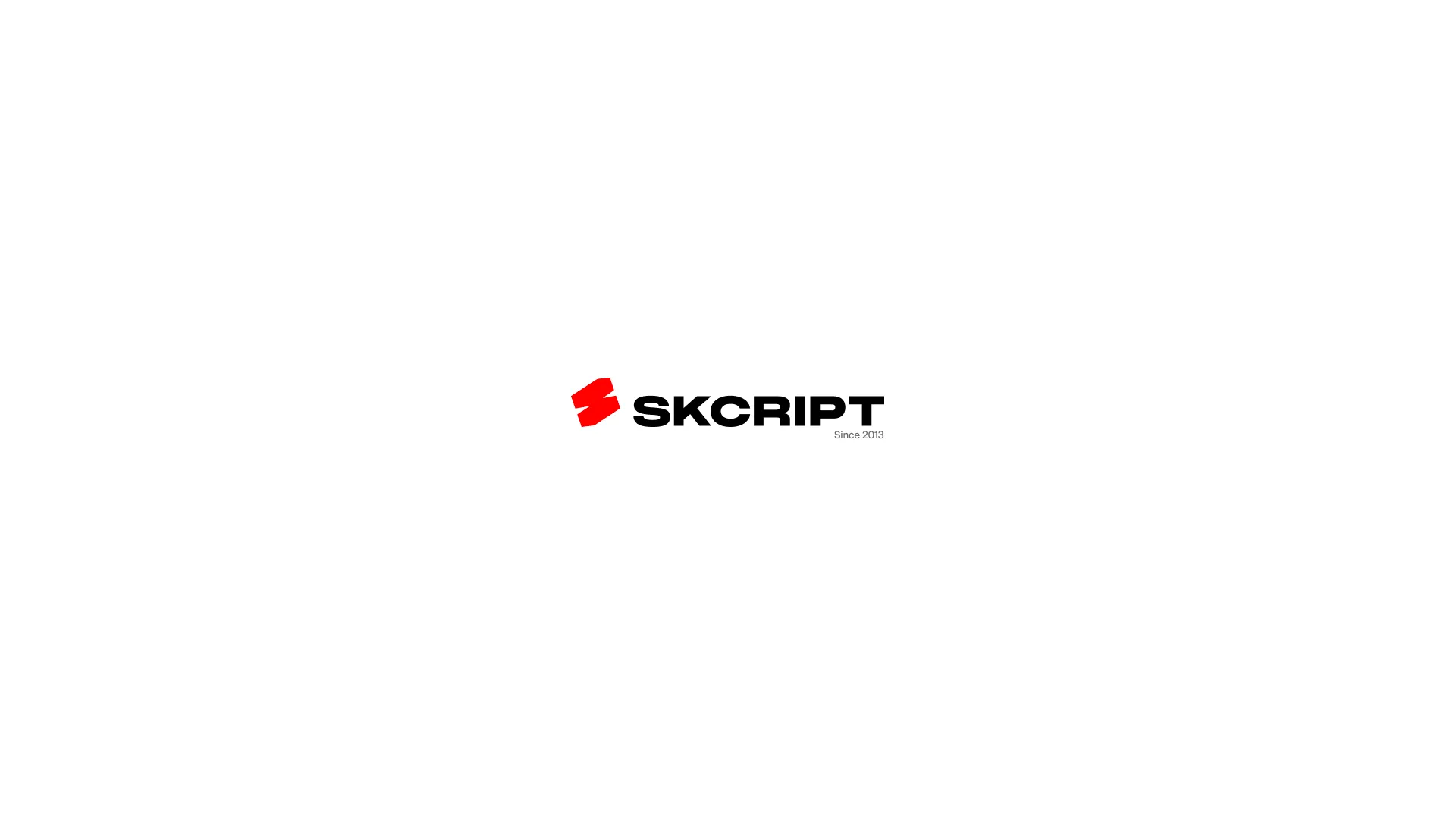I have been bootstrapping FeatureOS to make it the best customer feedback software that people would love to use. More like what Intercom has done for website chat, we want to do for customer feedback.
For the past six months, the focus is purely on growing our customer base and generate revenue by providing value to them. Our starter plans are not as expensive as our competitors, but it starts at an affordable $25 per month.
Why just $25 for a feature request tool that has iOS, Android and Chrome apps? Well, this is the price I would be willing to pay to use a product like FeatureOS for making my product the best in the industry.
As of today, the money that we invest in building FeatureOS comes from the money I’ve been putting aside from Skcript (our consulting business), which is originally where we found the need for a tool like FeatureOS in the first place. And the best part, Skcript is a bootstrapped company that we started back in 2013. This means, we have very limited funds to invest in a product like FeatureOS, very limited development time and above all, very limited ad spend to promote FeatureOS as well.
Today, I sat down to clean things up a bit and arrive at a clean financial statements for FeatureOS (formerly Hellonext) . Here’s how it looks.
The hidden costs of running a bootstrapped SaaS in 2020
As founders, we usually tend to ignore the hidden cost that comes up here and there when you have so much love for a product. This has happened to me so many times, and it has taken a hit on the company’s revenue as well. My mistake.
Here are some of the hidden costs that goes under the radar usually:
- Ad hoc costs like buying a book to learn about sales and marketing for SaaS.
- Making an overseas call to a customer where they talk about 45 minutes (sometimes).
- The travel that you do (did? Back in 2019) when you want to interview someone face-to-face or the time when you wanted to work from a cafe.
- The money that you spend in buying coffee, drinks, socializing with others, cakes, small celebrations, mouse, mousepads, and so much more like that.
- Other costs if you are living in a city where the cost is on the higher side. Luckily, I live in Dubai, where the costs are still manageable.
This cost alone, on a high-level was about $500 in the past six months. Crazy? Yes. Did I think it was essential for the product growth? Maybe.
Learning: Try to park the idea of NOT making any impulse purchase for your product. Nothing is a magic wand that gets you more sales.
The direct costs of running a bootstrapped SaaS in 2020
These are the costs that I must spend to keep the product alive and kicking. The costs are calculated for one year (as a SaaS product, they are constantly going to vary depending on your scale):
| Utility | Duration | Cost ($) |
|---|---|---|
| Cloud Server Cost | 12 months | $700 |
| CloudSQL Cost | 12 months | $500 |
| Amazon SES | 12 months | $300 |
| Apple Developer Account | 12 months | $99 |
| G Suite | 12 months | $144 |
| Domain name | 12 months | $35 |
| Intercom Startup Plan | 12 months | $600 |
| Total | $2,378 |
There we have it. $2,378 per year to run FeatureOS as of writing this article in the midst of a pandemic in July 2020. While these are just the running costs, it does not include the other fixed costs like the cost of design, development, improvements and so much more.
What about other aspects of a SaaS product?
You are right. There is more to a SaaS product than what I have listed above. For example, how do we manage logs, especially when we are producing over 16.8GB of logs per week. How are we managing them and analyzing them?
It is simple. We quickly built a tool where we analyze Ruby logs from archives, to visualize and take action on any anomaly. On the other hand, we also use Sumologic to tail our logs which comfortably fits in their free plan already.
So are we profitable right now?
The simple answer is no. Our goal is to reach at least 300 paying customers who can average around $35/month/customer. This will give us enough money to improve the product even more, and to help more customers along the way.
Thankfully, we are pushing hard to keep the costs low for FeatureOS, and this runs as a mantra with our team as well.
Our intention is not to cut costs, but to write the best possible code, which can run on smallest possible infrastructure to achieve maximum performance to scale the product.
Right from the beginning, our intention was not to build this exorbitant product that would make it difficult for us to support our customers if we don’t breakeven quickly. I feel that this would have pushed us to do things that are against our selling value and be a bit inhuman to our customers by seeing them as numbers.
Making decisions like these early-on, to do things that fits FeatureOS for the next four months, and taking things slow is enabling us to set sail for the long haul.
Our goal with FeatureOS is to be the operating system for customer feedback. This cannot be done in a day or a year. This would happen over years together. And this video inspired me a lot when building products like FeatureOS.
Subscribe to our newsletter
Get the latest updates from our team delivered directly to your inbox.
Related Posts
7 things we've learned in 10 years of Skcript
We've been around for 10 years now. Here are 7 things we've learned in the last decade.
How to get to work at Skcript
Skcript is an insanely great people-first company. The basis of Skcript is to be a platform for great people to build their dream career, and here is how to apply and get to work at Skcript.

